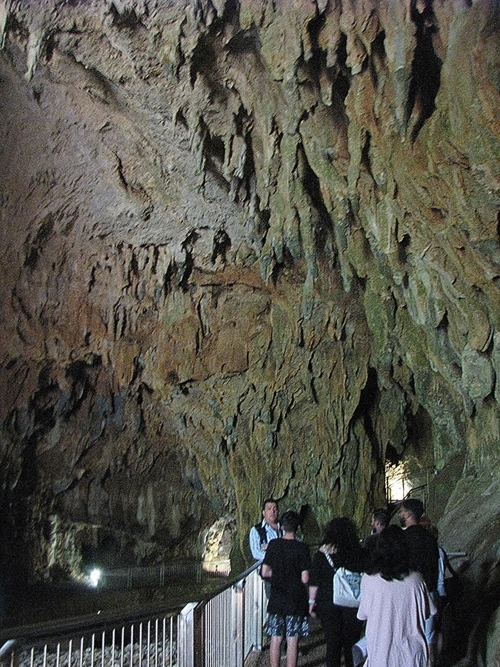For many years, as I drove through the countryside of Ciociaria, I saw signs along the roads inviting tourists and curious people to see the caves of Pastena (le grotte di Pastena), so finally I decided to see what they were all about.
The grotte, or caves, of Pastena, located in a valley deep in the Ausoni mountains in the province of Frosinone, are a natural wonder not to be missed.
The caves are part of a karst system which was formed by deposits of carbonate of calcium (salt) about 100 million years ago under a shallow sea. It emerged from underwater due to tectonic movements about 2 million years ago, during the Pleistocene era, and continues to form.
The caves were used about 3000 years ago by the local people, the Volsci, as a place of worship, and about 200 years ago by bandits. It wasn’t until 1926 when they were rediscovered and explored by Baron Carlo Franchetti along with other speleologists (spelunkers). During World War II, the caves were the headquarters for the troops of German general Kesserling, and also used by the local people as shelter from the constant bombings.
To get to the caves, you have to drive through some remote areas in the picturesque countryside, but it is worth it, especially on a beautiful sunny day. There are many signs leading the way so you shouldn’t fear getting lost.
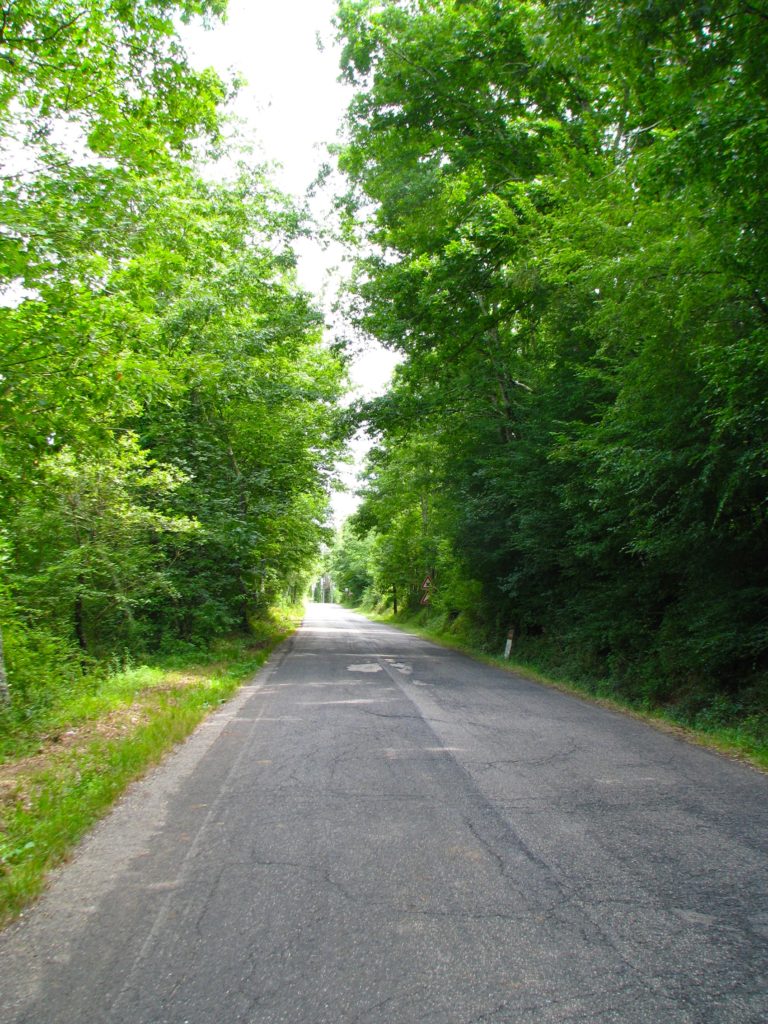
Road leading to the caves.
Once you get your tickets, you have to walk down many steps to where the caves are. There is a tour guide that takes you inside the caves, but unfortunately he does not speak much English. You will be given an itinerary explaining in English (or whatever language you wish) the different parts of the caves that you will walk through. There is no start time for each tour, but it lasts about an hour and a half.
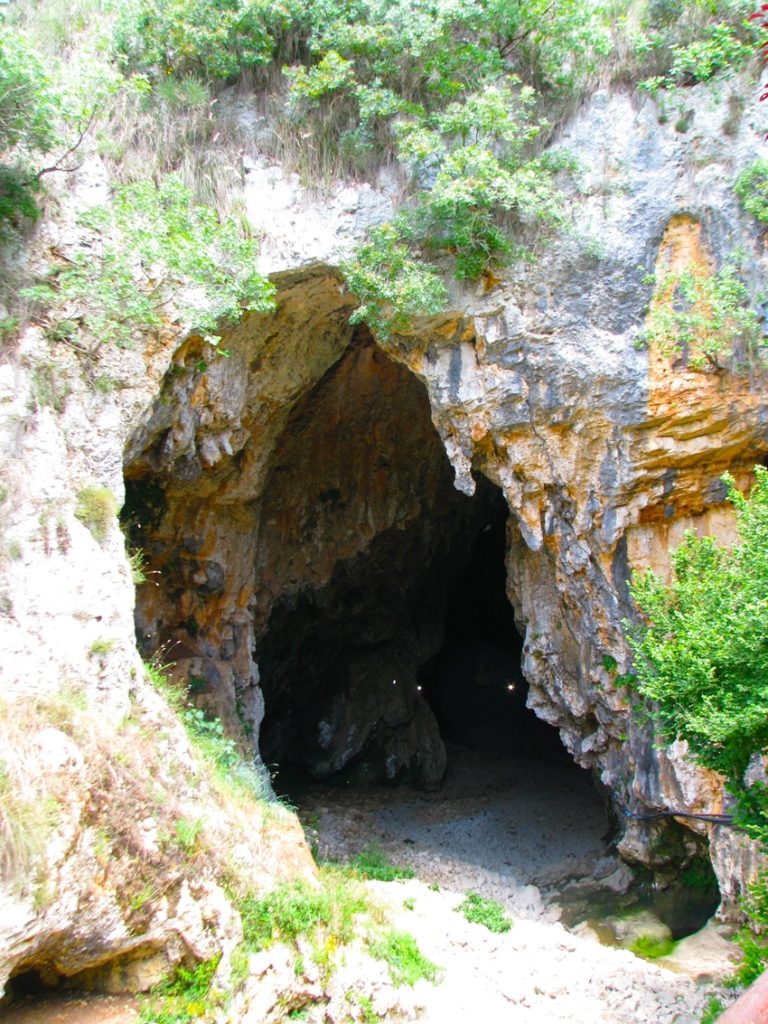
Entrance to the Caves
The interior of the caves can be a little frightening if you are claustrophobic. You will be walking deep into the caves where there are also resident bats. You are not allowed to take flash photography because you can disturb them, and you don’t want that to happen! You should wear a light jacket because the air is damp and is a little chilly, at the constant temperature of 15°C .
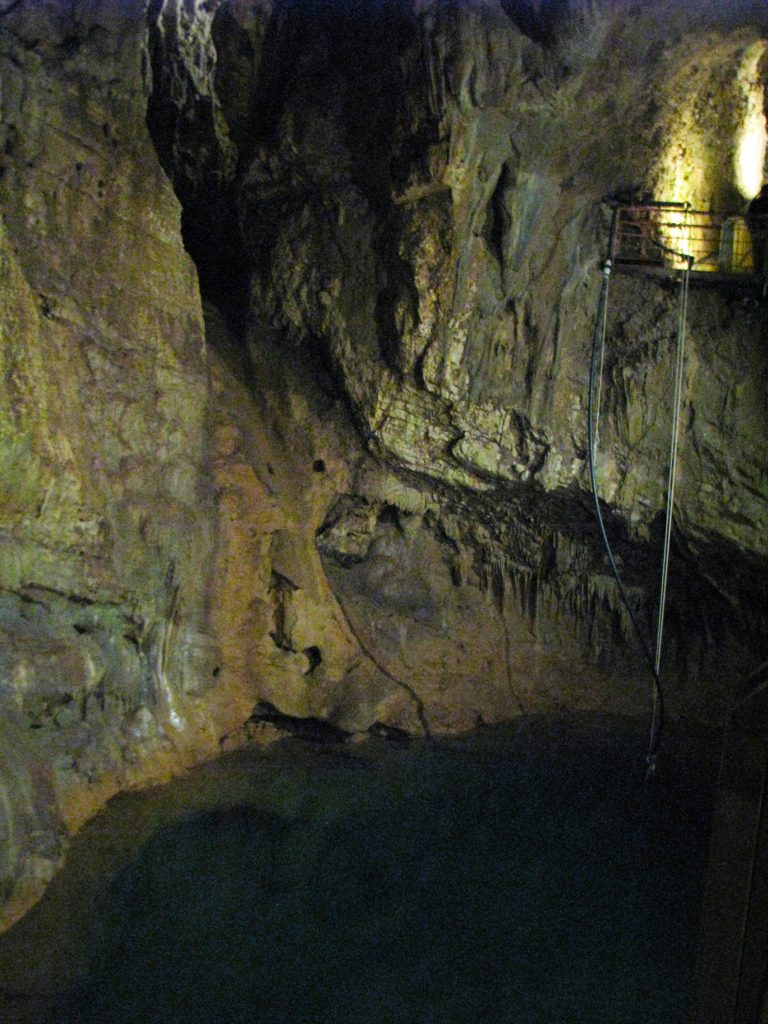
Underground Lake
Water flows in and out of the caves during the wettest months in the fall and winter, moving rocks and such causing erosion. When there is a lot of rain, there are also underground waterfalls, and it is even possible for the caves to flood about every 10 years or so.
There are two parts to the caves – the first is the active branch where the stalactites continue to form as water drips down from the ceiling and evaporates and the stalagmites continue to “grow” from deposits of salt. Sometimes the two end up touching and form pillars. The second part of the caves is known as the fossilized branch where water no longer reaches the formations.
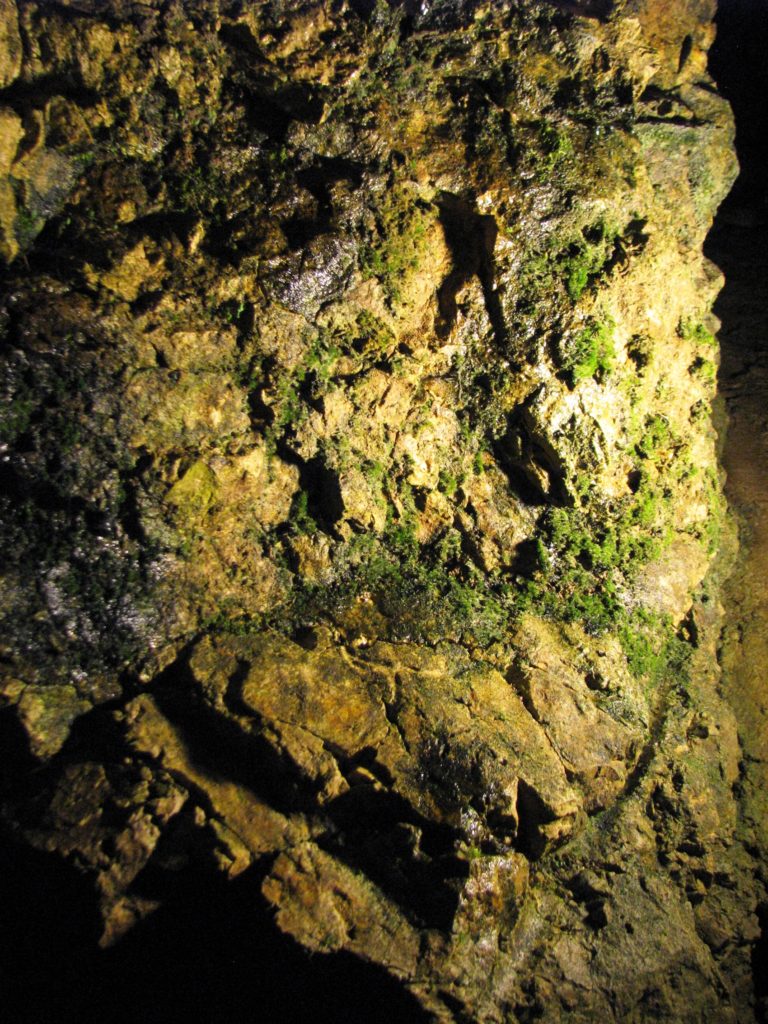
Moss growing on the rock walls
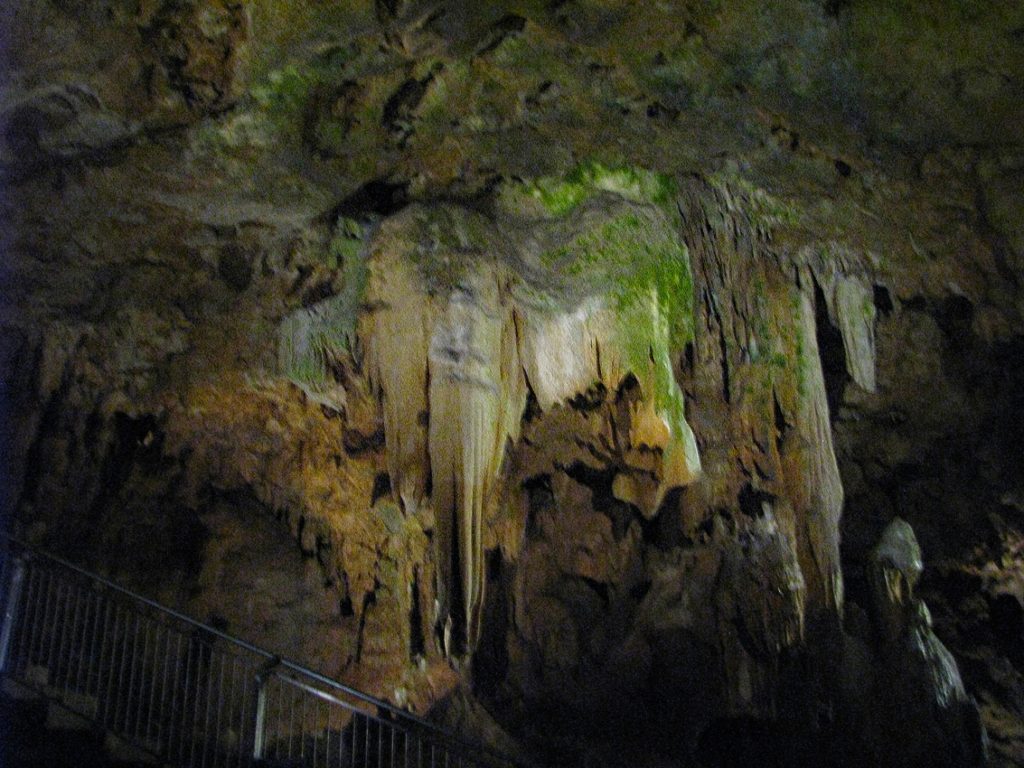
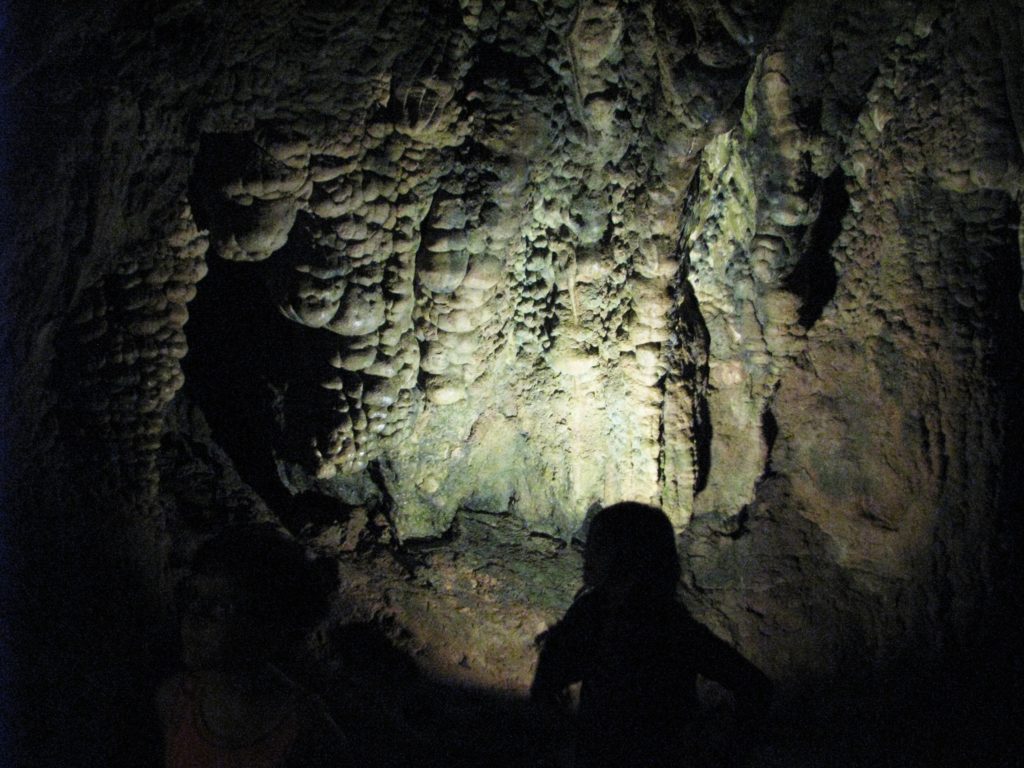
If you use your imagination, you can see nature’s “sculptures”, such as the Nativity Scene, T-Rex’s head, and cow udders.
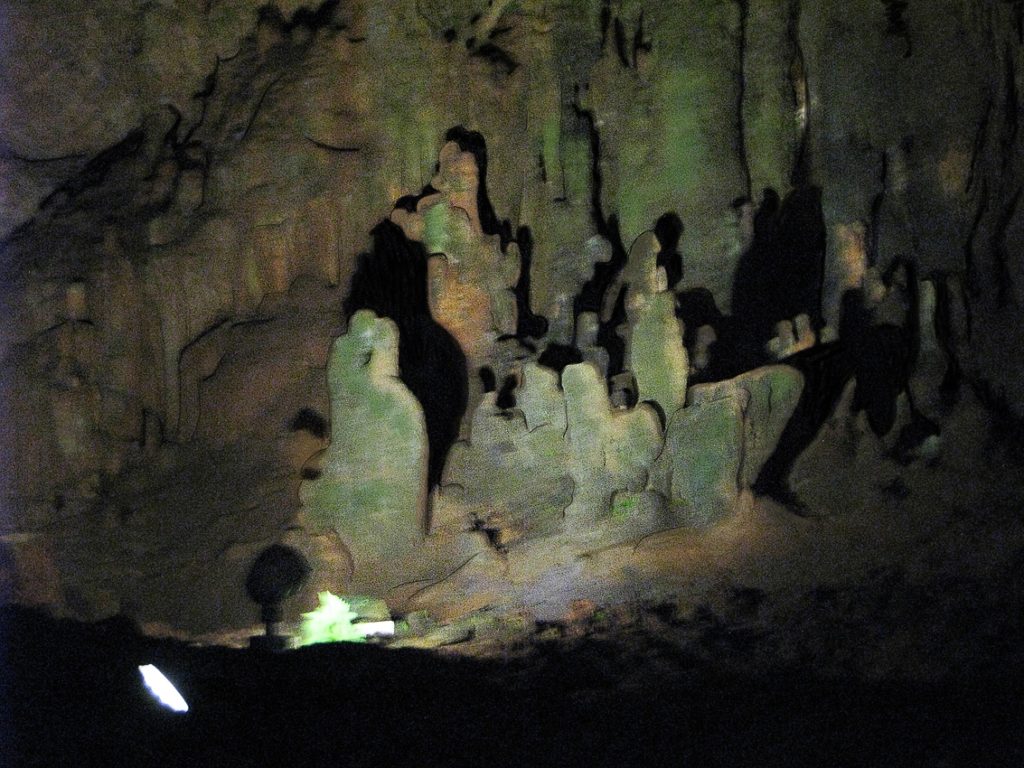
Rock formations resembling the Nativity scene
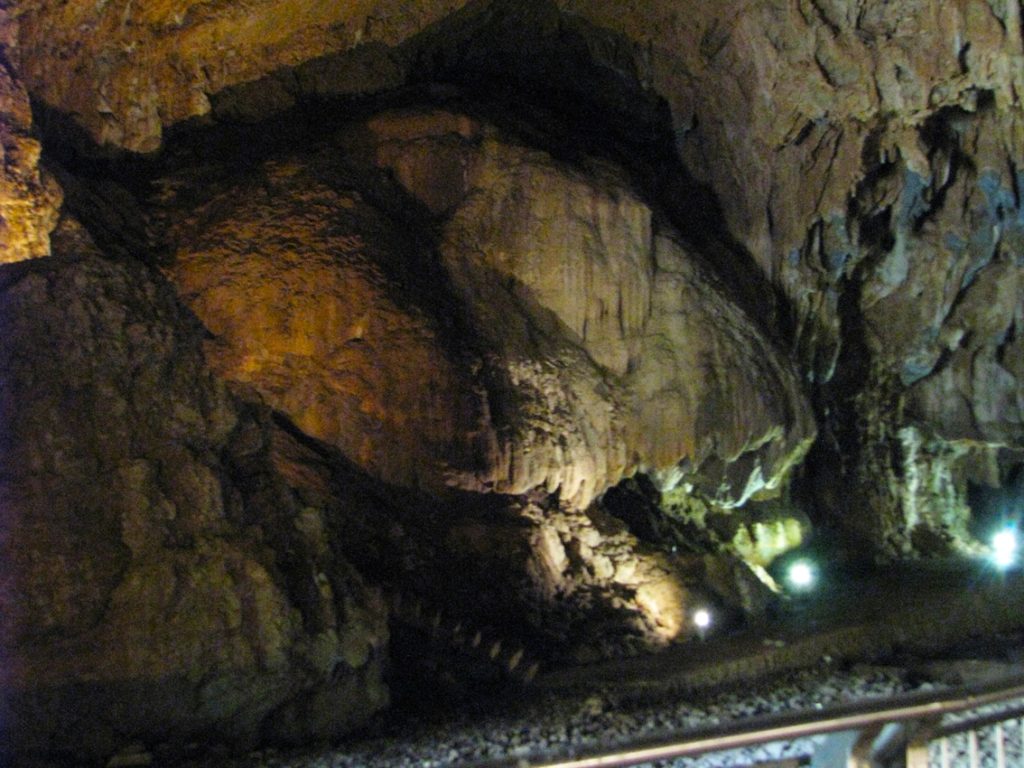
Rock formations resembling the head of Tyrannosaurus Rex
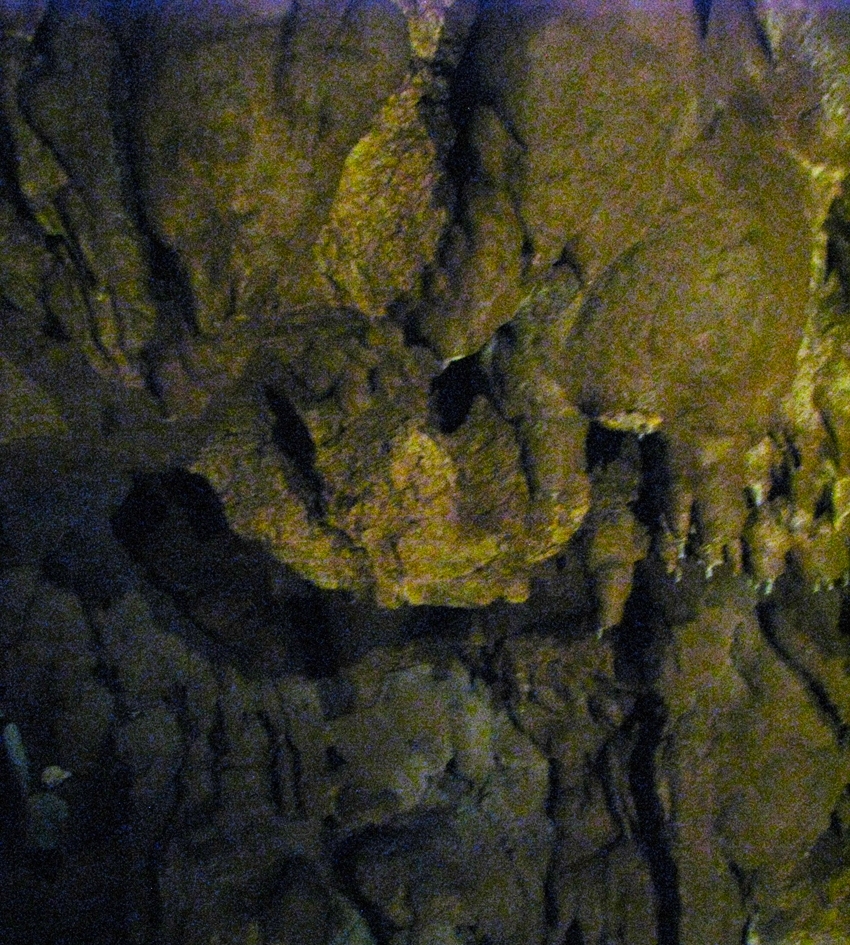
Rock formations resembling cow udders
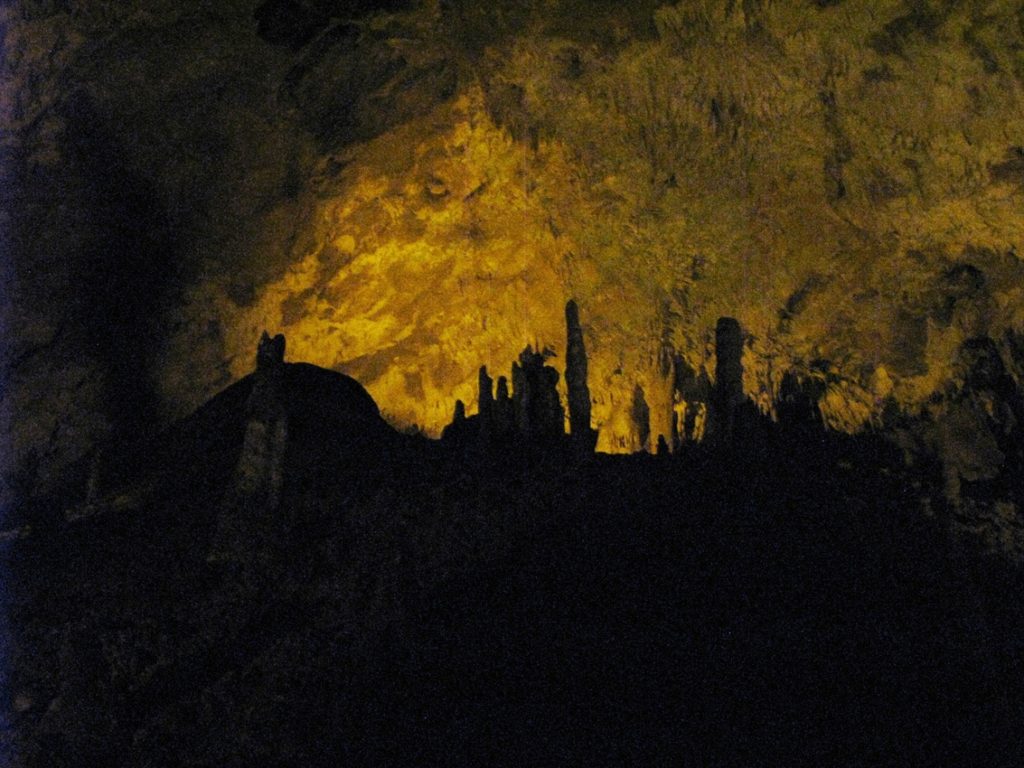
Where bats usually hang out
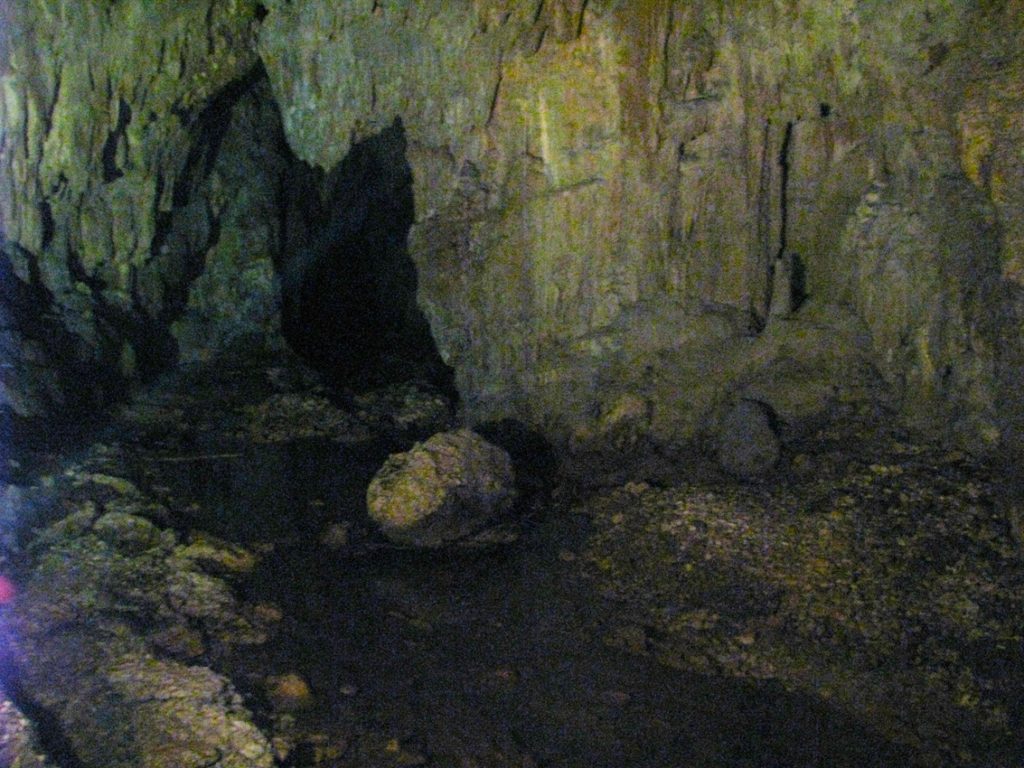
Underground river
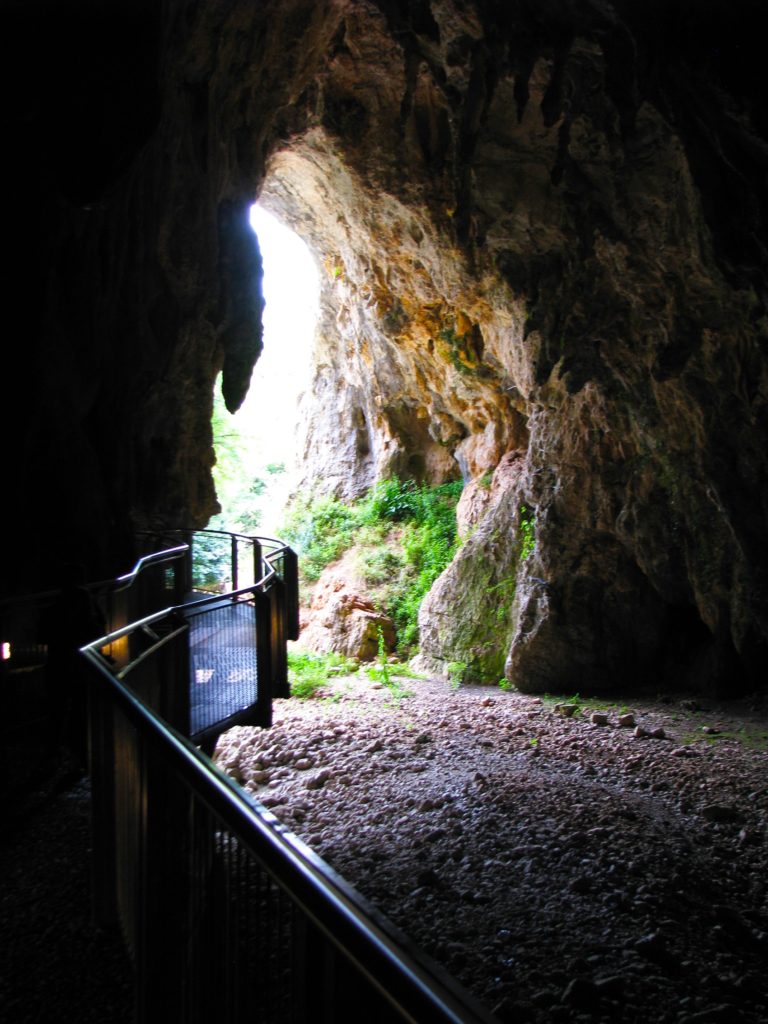
Exit from cave
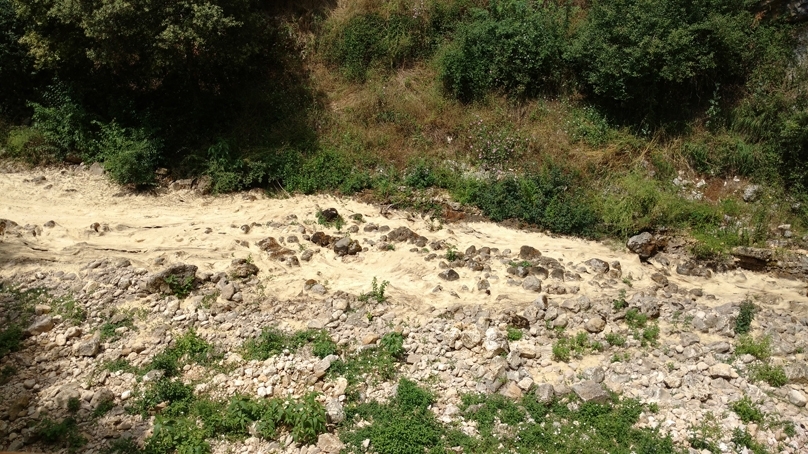
Dried up riverbed
For travel arrangements, go to Caves of Pastena.
Join my mailing list so that you can have new posts delivered right to your inbox!

